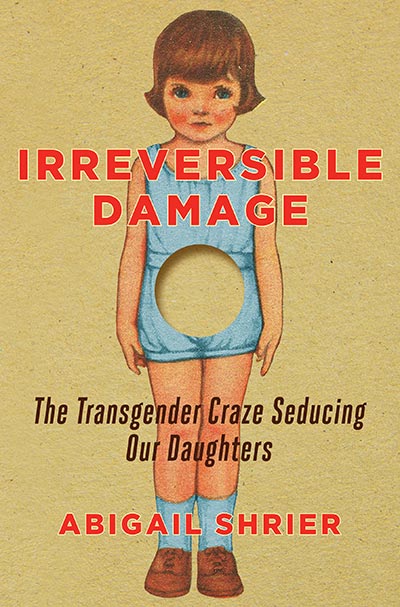In 2018 I wrote about a research study by Lisa Littman. She coined the term rapid onset gender dysphoria (ROGD) to describe reports she had been reading about gender dysphoria appearing rapidly around the time of puberty in adolescents and young adults who would not have met the criteria for gender dysphoria in childhood. Her study raised the possibility that rather than always being an innate, immutable sense of incongruence between anatomical sex and personal sense of gender, some cases of gender dysphoria might be due to social contagion from peer pressure and online influences.
I thought that was worthy of investigation. I got a lot of criticism for writing about it. I was even called transphobic, which I absolutely am not. I only want the best for each individual. If that means transitioning, I fully support that. If it means some individuals transition for the wrong reasons and later change their minds, that’s regrettable and we need to find a better way to identify those individuals and treat their dysphoria without subjecting them to irreversible interventions. I hesitated to tackle this controversial subject again, but in 2020 Abigail Shrier wrote a book that shares my and Littman’s concerns. It combines well-researched facts with horrifying stories about botched surgeries, people who later regret their choices, and therapists who are not providing therapy but just validating their patient’s self-diagnosis. The title is Irreversible Damage: The Transgender Craze Seducing Our Daughters.
Littman’s Research Methods Were Flawed but She was Unfairly Vilified
Littman’s research was widely criticized for its flaws, which I described in my article. It was not good science and didn’t set out to establish that ROGD was real; it was meant to be exploratory and hypothesis-generating. Transgender activists accused Littman of having hurt people with her research; they called it “dangerous.” Her paper drew praise from some world experts on gender dysphoria and from many parents, but she was also tarred as a bully and a bigot. She was denounced by activists to her employer, the Rhode Island Department of Health, and they fired her, even though her job had nothing to do with transgender youth or even young children. She was unfairly attacked, her reputation was tarnished, and she lost a job she loved.
The Numbers are Alarming
Historically, the conviction that one’s gender doesn’t match one’s anatomical sex typically began around age 2–4. It affected only .01 percent of children, almost exclusively boys. And in 70% of cases, they eventually outgrew it. Prior to 2012, there was no scientific literature on girls age 11–21 ever having developed gender dysphoria at all.
The picture has changed dramatically. Natal girls now constitute the majority. Clusters of adolescents are discovering transgender identities together and are clamoring for hormones and surgery. In 2018 the UK reported a 4,400% rise over the previous decade in teenage girls seeking gender treatments; similar spikes have been observed in many other countries. In the US, the prevalence of adolescent gender dysphoria has increased by over 1000% in the last decade. In 2016, natal females accounted for 46% of all sex reassignment surgeries; a year later it was 70%.

No comments:
Post a Comment